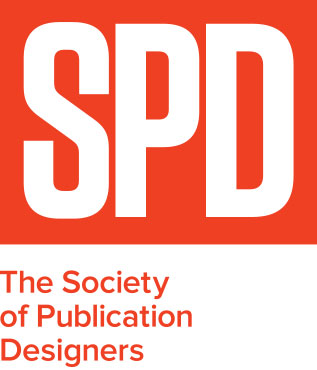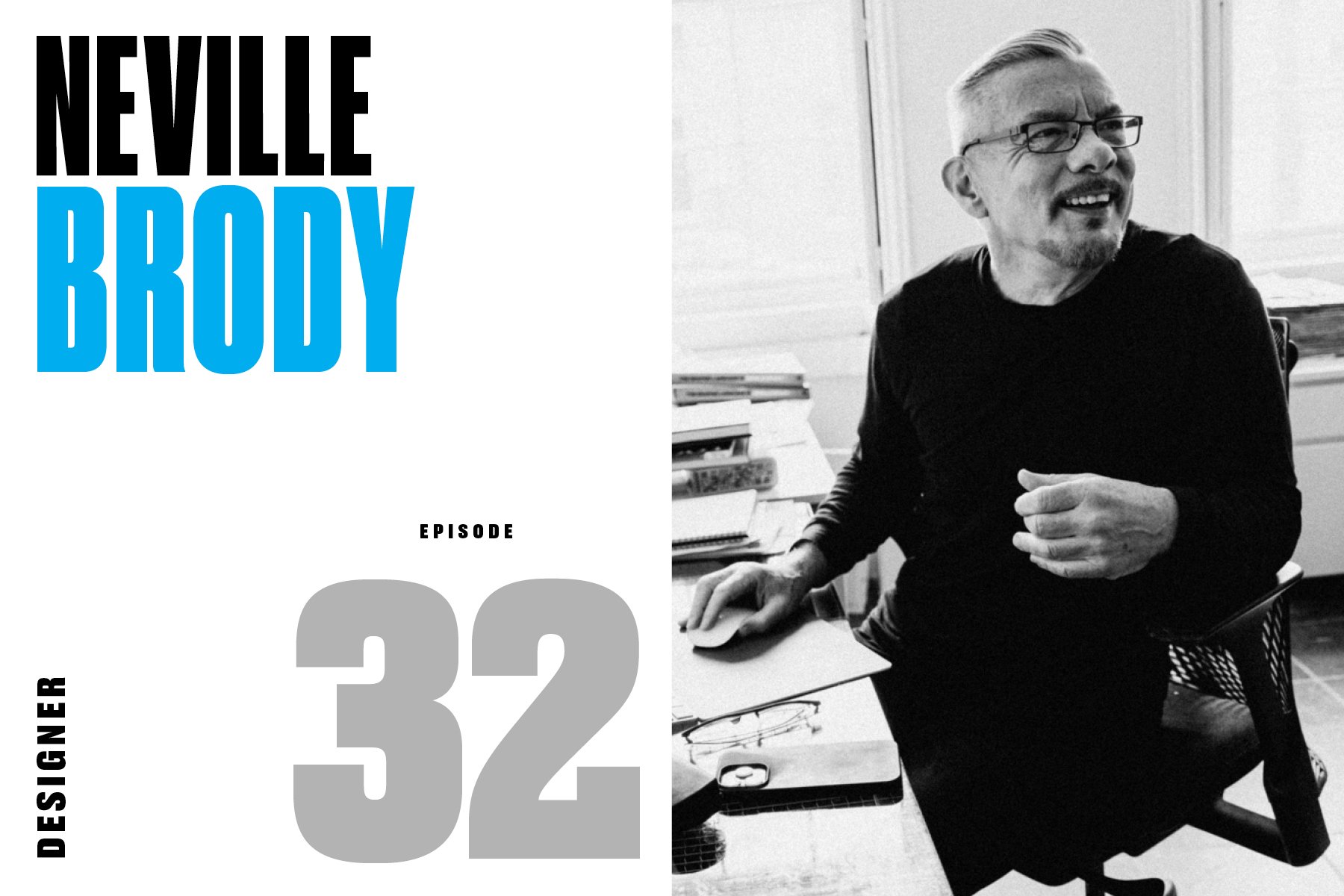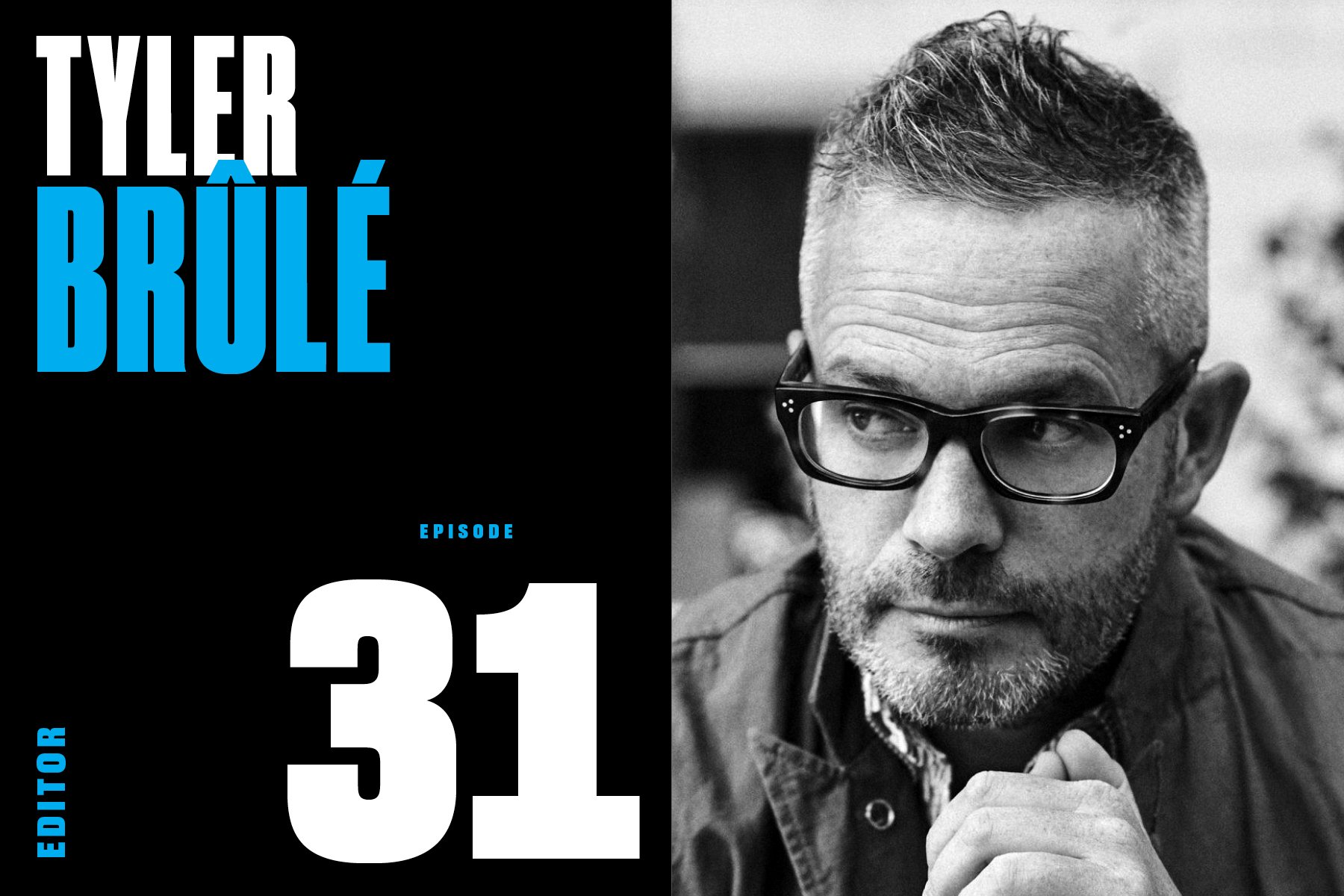Episode 35: Rochelle Udell (Designer & Editor: Self, Harper’s Bazaar, Vogue, more)
/Rochelle Udell is many things.
She is all of these things: teacher, ad woman, vice president, founder, wife, creative director, mentor, chair woman, student, marketer, graduate, design director, editor-in-chief, mother, chief talent officer, executive vice president, collector, president, meditator, internet strategist, partner, art director, volunteer, deputy editorial director, artist, retiree, and baker's daughter.
As Walt Whitman would say, “She contains multitudes.”
“As for the titles attached to my name,” Udell says, “I consider them important only in as much as they help the outside world understand who I am and what I do. My fear is that they often do more to confine rather than define one’s creative possibilities.”
The daughter of Polish and Ukrainian immigrants, Udell began her career as a teacher at Sheepshead Bay High School in Brooklyn, when a chance encounter with Milton Glaser launched her into the thick of New York magazine’s newsroom in the early 1970s where she and a group of women (including our Episode 25 guest, Gloria Steinem) created and launched the legendary Ms. magazine.
After that, Udell, an Art Directors Club Hall of Famer, put her talents, her hyphens, and her multitudes to work at the world’s preeminent magazines: Harper’s Bazaar, Vogue, GQ, House & Garden, Esquire, Self, The New Yorker, and fashion brands, FIT, Chico’s, Revlon, and Calvin Klein.
And somewhere in the middle of all that, she was a pioneer of early-days digital media as the founder of Condé Nast Digital and its beloved, OG food blog, Epicurious.
Our editor-at-large, Anne Quito, spoke with Udell about all of it.















